
If you're interested in DIY multimeter lithium batteries, you might want to check out this article.
If you have an ZT219 multimeter and are concerned about the leakage from using AA batteries, or if the NiMH batteries have a low voltage that works fine for measurements but makes the backlight almost unreadable, what should you do in this situation?
There are two solutions: one is to use an LDO (Low Dropout Regulator), and the other is to connect a diode. If you choose the LDO method but don't have the corresponding components on hand, you'll need to prepare them, and you'll also need a protection board. If your lithium batteries don't have protection boards, you can measure the protection voltage of the multimeter. In the case of the multimeter used in this article, the actual measurements are about 2.3V for the low voltage warning, and 2.15V when the multimeter won't turn on. When combined with a diode's 0.7V voltage drop, this keeps the lithium battery from over-discharging.
If your situation is similar, you can prepare a 3x7 perfboard.
The width of the perfboard is just right to fit into the battery compartment, and it pairs perfectly with the 1200mAh 10304 lithium battery. Solder two 6.3mm blade connectors as contact points, then solder two 2-pin sockets—one for charging and one for connecting the battery. Between the battery and contact points, connect a diode taken from a damaged board.
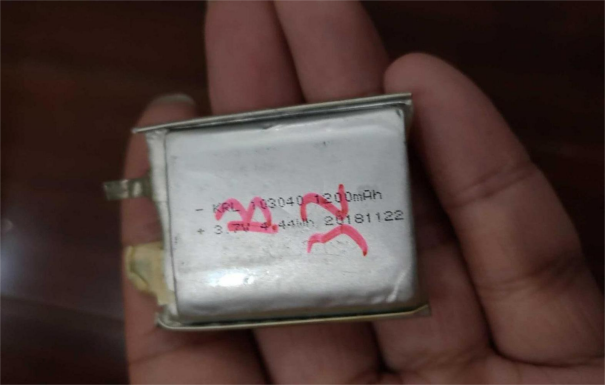
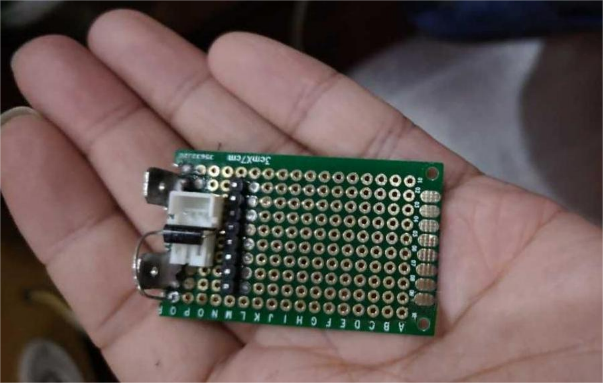
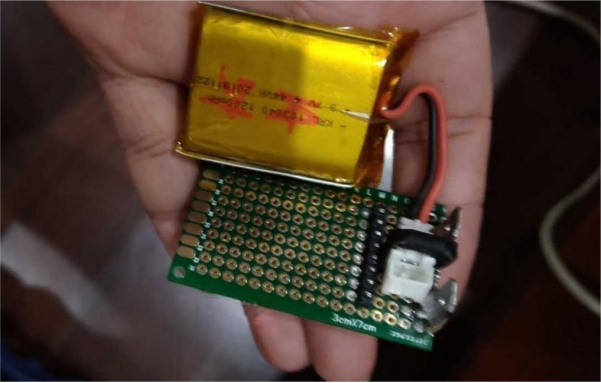
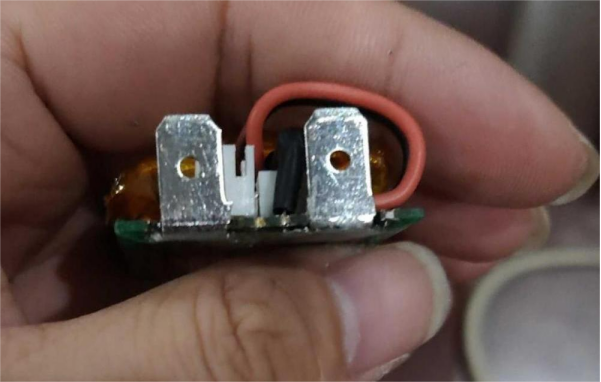
Charge it up, with 0.7A.
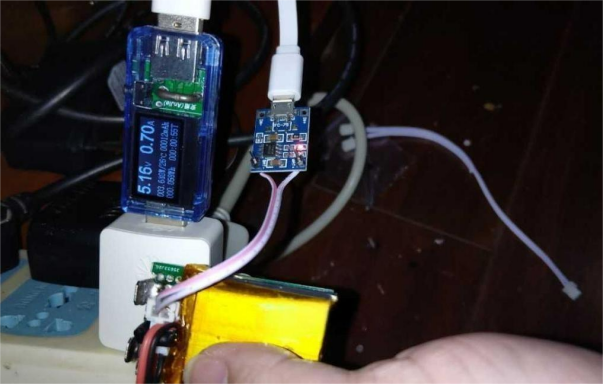
Place it into the battery compartment, and it fits perfectly.
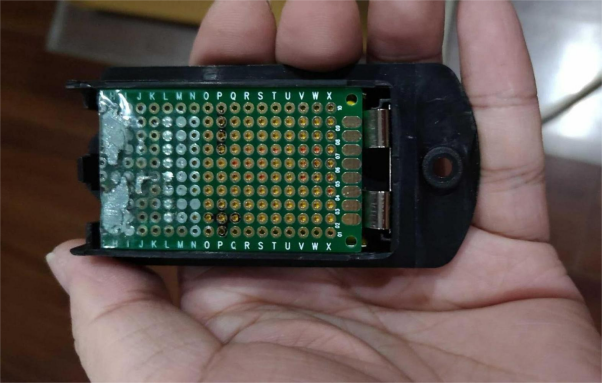
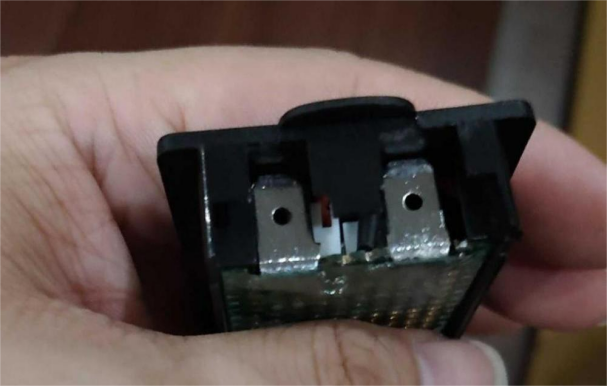
When you turn on the backlight, you'll never have to worry about not being able to see the screen, nor will you have to worry about leakage.
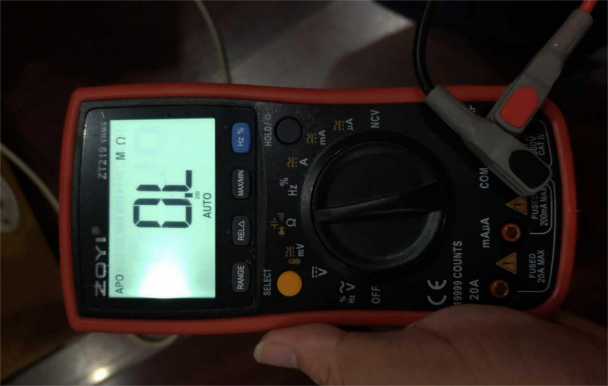
Done!




